Search
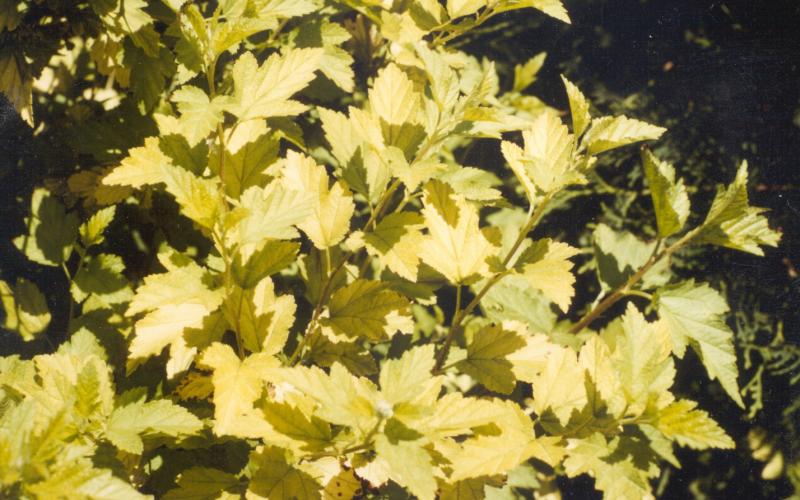
Nugget Ninebark (Physocarpus opulifolius ‘Nugget’)
‘Nugget’ is a South Dakota State University release of this popular shrub. This particular cultivar has lovely golden yellow foliage in the spring which fades to a darker green later in the season.

Pig Squeak: Bergenia cordifolia ‘Winterglut’ (Winterglow)
Bergenia is a great plant for many different types of sites in the garden performing well in shady locations to full sun, if extra moisture is provided. It looks great as a single specimen plant or planted in groups of five or more.
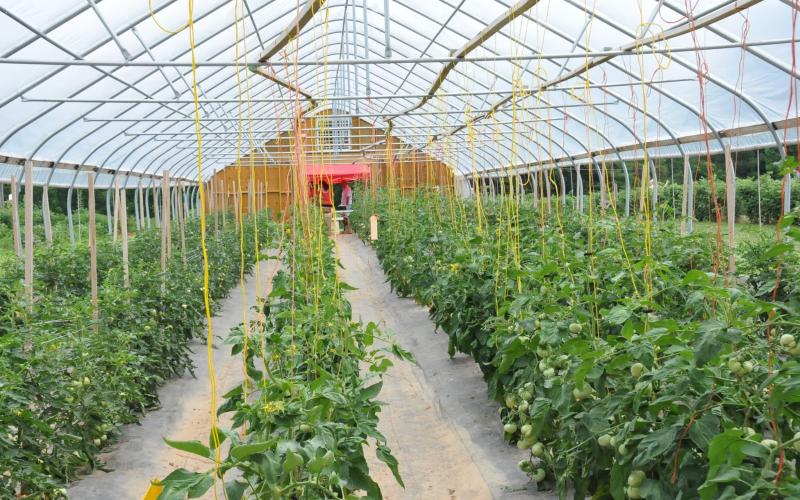
Pollinating Tomatoes in High Tunnels
In field-grown tomatoes the air movement is sufficient to vibrate flowers and achieve pollination. This is not generally true in the high tunnel because there is not sufficient natural wind to vibrate the flowers. High tunnel tomato growers should therefore pollinate their crop by other means.
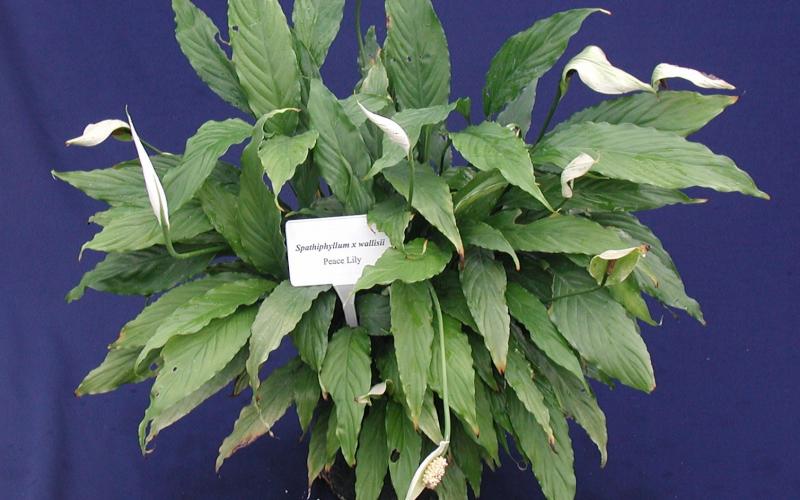
Care of Peace Lilies
Peace lilies, or Spathiphyllum, are popular houseplants because they are generally easy to grow, have pretty flowers and can tolerate lower light levels. But lots of people do have problems with them. I would say that most of these problems relate to improper watering and fertilizing.
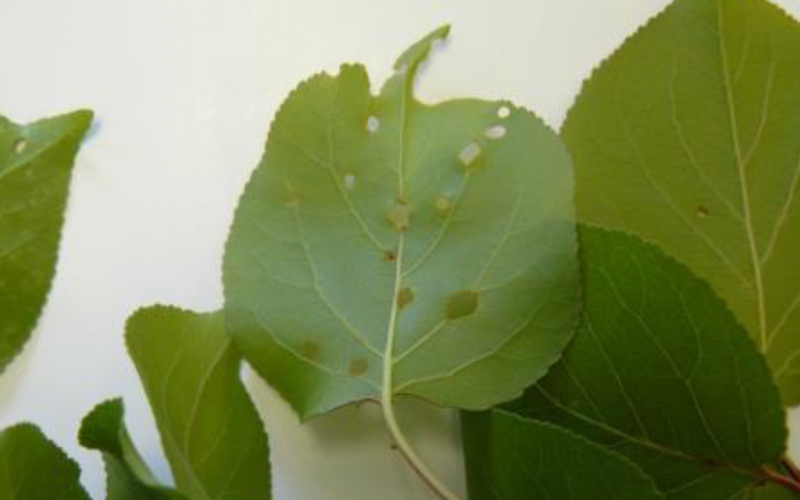
Shot Hole Disease in Apricots
Shot hole disease of apricot trees can be identified through symptoms on leaves and fruit. Small holes will appear on leaves while brown lesions with a deep purple band will show up on fruit.
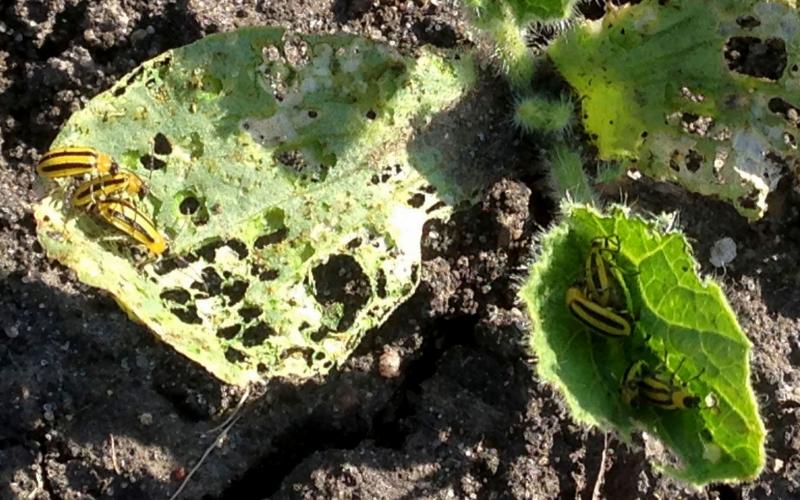
What's Bugging Your Garden? Cucumber Beetles
Striped cucumber beetles are little yellow and black striped beetles that are fairly small, but what they lack in size they make up for in numbers and appetite.
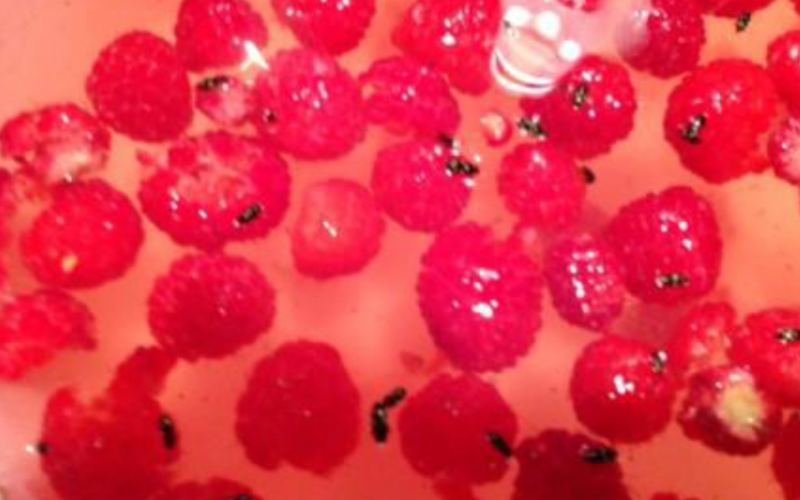
Picnic Beetles on Raspberries
Picnic beetles, a small beetle that loves fermenting fruit (and potato salad at picnics), commonly feed on raspberries. The beetle can quickly ruin a ripe raspberry as they burrow around inside the fruit.

What’s Bugging Your Garden? Broom Moth
There is a new pest problem for flower growers that enjoy Baptisia (false indigo) called the Genista Broom Moth. It is actually the caterpillars that cause the damage.
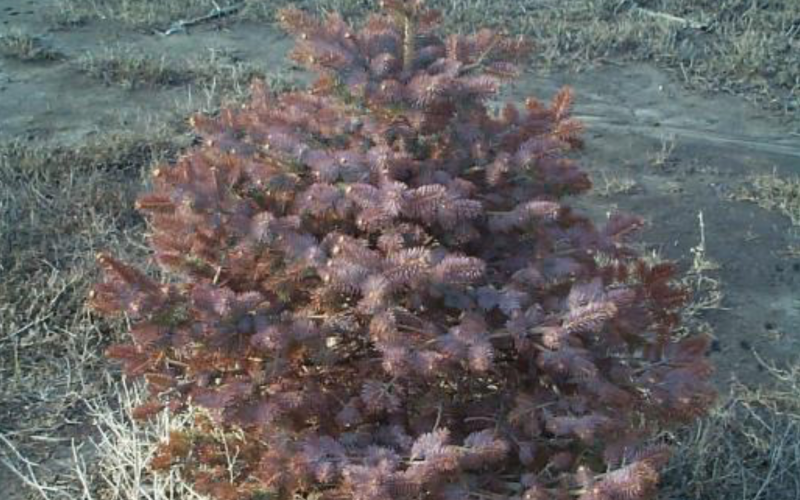
Weeds Around Spruce Seedlings?
I have many producers call wanting a control for the broadleaf weeds coming up around their young Colorado and Black Hills spruce seedlings. At this time of year we are looking at post-emergence herbicides to control weeds that have become established.
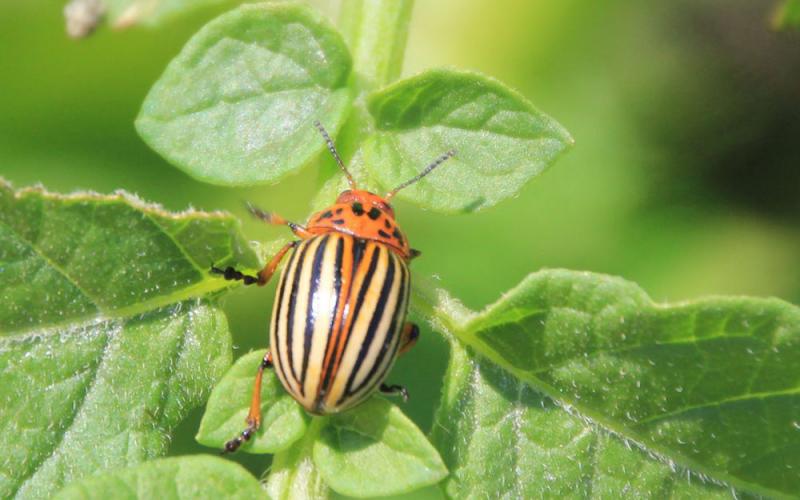
What’s Bugging Your Garden? Colorado Potato Beetles
Colorado potato beetles have become all too common in many home gardens and also in community gardens where potatoes are commonly grown. If left untreated, they can defoliate potato plants, drastically cutting yields of the delicious tubers that so many of us love to eat.